Today in our Health section I want to introduce you to foods which naturally help you work towards having a fuller, shinier, thicker and better-looking hair. You have probably heard of many or all items on this list. But knowing how they work for our hair might take these ingredients to another level after you read this article.
There is an old saying “You Are What You Eat”. Consequently, the health of your hair will also remarkably reflect what you’ve been feeding your body. So, it is more about what you put inside your body than what you put on your hair alone. The list of foods which I want to include today should be part of your daily eating regimen and be incorporated into your weekly menu respectively.
1) Yogurt and yogurt products
A variety of yogurt products is very good for your body and your hair is not an exception. This product is chock full of protein, which is equally a strong base for muscle and hair growth. While you may want to consider drinking yogurt for other health purposes, when it comes to hair, the biggest role played in yogurt products is its content of pantothenic acid, also known as Vitamin B5. The properties of vitamin B5 include increased blood flow to your hair and scalp, which is absolutely needed if your hair is becoming lifeless and dull.

1.1) Where to buy?
You can purchase organic yogurt, Greek yogurt and kefir products at grocery stores and your best bet is to go with organic options. If you wish to avoid all the chemical additives in yogurt or kefir, your best bet is to make them at home following the methods I will demonstrate in my future recipes.
1.2) How much to eat?
Drinking or eating 4 oz of yogurt products every other day is a good approach in order to fortify your hair with the properties of Vitamin B5 and protein.
2) Spinach, Kale and Arugula
I couldn’t choose one over the other, so I listed all three of these dark green leafy vegetables which I deem very important in helping a healthy hair growth. They are packed with essential nutrients including and not limited to vitamin A, C and K, which are important in maintaining a healthy scalp and fix the brittleness of hair. These leafy greens are also a very good source for folate (not to be confused with folic acid). In addition to helping your body’s overall strength in growth, much like in yogurt, folate carries vitamin B solubles, which help fight premature graying of the hair and combined with properties of Vitamin B5 in yogurt, will create a desirable environment for great hair growth.
2.1) Where to buy?
To reap the full benefits of the above mentioned vegetables strive to buy them from organic sources and/or from farmer’s markets when possible. This way, you will avoid buying produce tainted with genetically modified materials, which may not carry the same vitamin balance and nutritious properties.
2.2) How much to eat?
As a rule of thumb, eating a portion of leafy greens or vegetables interchangeably is highly recommended with every food you serve yourself. A cup of leafy vegetables to toss in your salad is a very good start. As an option, you can also start juicing your favorite greens and make yourself a healthy smoothie. We will dwell on it further down the road to show you some examples of how to better incorporate greens in your daily eating habits.
3) Consuming vitamin D rich foods
The role vitamin D plays in hair growth is considerable to the point where you will want to find out if you have enough of it in your system. If you wish to have a faster growing mane, with a healthy looking locks, vitamin D is another item you need to add to your bucket list. As much as Vitamin D is readily available from the Sun, you also have a chance of subjecting your hair to unwanted UV rays, which might prove damaging to your hair. Given that you will not be spending hours and hours under the Sun, the latter-mentioned option might still work for all of us. But since we are talking about food sources of vitamin D (which are very sparse), I really want to concentrate on the consumption of organ meats like beef liver. There is so much more to organ meat and particularly liver, which is chock full of iron, too, I wonder why they are so underrated. But let’s keep it simple and cast is under vitamin D category for now.
3.1) Where to buy?
I can’t stress enough of the importance of buying this beef liver from butcheries or health stores where you know that liver comes from grass-fed, pasture-raised, non-hormone-fed sources. Liver is a filtering organ of the body and you would not want to eat a liver of an animal that was fed God knows what, and was forced to filter all kinds of junk.
3.2) How to eat?
I love fried liver with a little ghee and onions. Liver can also be turned into kebabs and grilled to perfection. You can also make a pâté from liver, along with some herbs and spices and use it as a spread for your breakfast or a quick snack. I recommend consuming organ meat once a week in a moderate quantities. In case of pâté though, you can incorporate it to your diet for as much as you wish. Here is a recipe of Liver Qovurma, which I cook quite a bit for my family.
4) Omega-3 fatty acids
What does Omega-3 has to do with hair health? Imagine hair which is shiny, glowing and well-hydrated. Omega-3 adds a huge boost if you wish to get to your ultimate hair health. Your body does not naturally produce Omega-3, so you will need to add it to your regimen in order to reap the benefits from it. Fish sources are your best option to derive necessary fatty acids for your consumption. In this case my primary choice is Salmon, Mackerel, Cod fish and Cod liver.
4.1) Where to buy it?
While I will get into the differences of consuming wild-caught and farm-raised fish later, here I will just ask you to stay away from farm-raised options altogether. Always go with wild caught fish if you want to get all the benefits of untainted Omega-3.
4.2) How to eat?
You can grill the fish of your choice, broil it, bake it and even make a pâté out of it. If you can get a hold of Cod liver, pâté from it comes out very scrumptious. Introduce one or two servings of fish into your weekly diet. If you are supplementing Omega-3, be careful not to oversupply your body with these fatty acids, as the excess of it proven to be more harmful than being beneficial. Your absolute best bet is to derive it is from a fish source.
5) Antioxidants and Beta Carotenes
Antioxidants fight the free radicals which age your whole body including your hair. By aging of the hair I mean of it becoming brittle, breaking easily, turning grey early, loosing its shine and becoming very dull. Some people complain of very slow hair growth. Antioxidants in certain fruits fight the process of aging and fight the free radicals from damaging your hair. Antioxidants full of food items have vitamins C in abundance. Great examples are guava fruit and berries. Sweet potatoes are also a remarkable source of beta carotenes to fight the dullness of your locks.
5.1) Where to buy?
These fruits are best bought during their full season. But you can also purchase organic berries throughout the year in many countries. Guava is mostly imported, so Asian and Middle Eastern stores will mostly stock them even during winter months. Sweet potatoes are available all year long.
5.2) How to eat?
Berries and fruits are best consumed raw. I recommend adding a single serving of berries once a day, preferably during the first part of your day. Don’t forget that these fruits have generous amounts of fructose (which is natural sugar) and will still spike your insulin levels a little. Consuming these types of foods in the morning will give your body a better chance of absorbing fructose and using it as energy, rather than storing is as fat. Sweet potatoes can be baked as you would bake a regular potato. It can also be fried with a little ghee.
6) Protein and Iron fortified foods
Protein should be one of your biggest priorities when we are talking about hair health. As I have mentioned above when talking about yogurt, protein is responsible for building a strong body and is a building block of your hair, too. It comes in to the battle when your hair needs serious strengthening and repairing. Healthy servings of protein will preserve the thickness of your hair and will help you avoid hair thinning. Protein can be found in a wide variety of foods, including meat sources and vegetable sources alike. Best meat sources for gaining protein from your food comes from consuming poultry products like chicken and turkey. If you are a vegetarian, look into consuming more of tofu products like seytan, miso, etc. Mushrooms are also a great source of protein.
While protein can be well derived from other types of red meat, I’d rather recommend consuming red meats for their iron content, which is equally important for very healthy hair growth. One of the biggest culprits of hair loss comes from iron deficiency. Very low ferritin levels manifests itself in a chronic iron deficiency of the body and accelerates the rate by which individuals are susceptible for developing hereditary hair loss lose their hair. Hair follicles need a lot of iron to grow and this is one of the biggest reasons why you should always add a dose of iron-packed foods into your eating regimen. Best examples for this are red meats like beef and organ meats.
6.1) Where to buy?
Again buy as organic as possible and find a good local butcher in your area where you can inquire about the the source of their meats. Knowing where your food comes from is extremely important.
6.2) How to eat?
You can prepare a wide variety of foods which has protein as its base or an added ingredient. Amazing options are turning turkey meat into meatballs and baking chicken to have a healthy option for you to dine on. Red meats can also be part of any soup or main dish. You can also marinate and grill red meat and incorporate to a salad with the addition of leafy greens I mentioned above. You should have about 3-5 oz of protein with each serving of food you consume throughout the day.
7) Cinnamon
Cinnamon helps with the blood circulation of the body as a whole and your hair is no exception. Healthy blood circulation of your scalp promotes better hair growth and brings the much-needed oxygen and nutrients to hair follicles.
7.1) Where to buy?
Baking sections of grocery stores carry cinnamon and your best bet is to buy cinnamon sticks and grind them yourself. But if that is not a possibility, powdered cinnamon will work just as fine.
7.2) How to use?
Sprinkle just a little bit of cinnamon on your breakfast oatmeal, or add and enjoy a sprinkle of cinnamon with your breakfast eggs. Your options for use of this wonderful ingredient are vast and you can use it any time given that you use it moderately. I also like to sprinkle some cinnamon on an apple I might be snacking on, making it a dessert on its own.
I hope you will find the above-mentioned practices regarding hair maintenance and growth valuable to you. I most certainly tried every single one of the items mentioned above and always use them interchangeably or together within my weekly menu. The important thing is to find a balance in everything and making sure you are keeping yourself informed regarding the health of your body and hair alike.


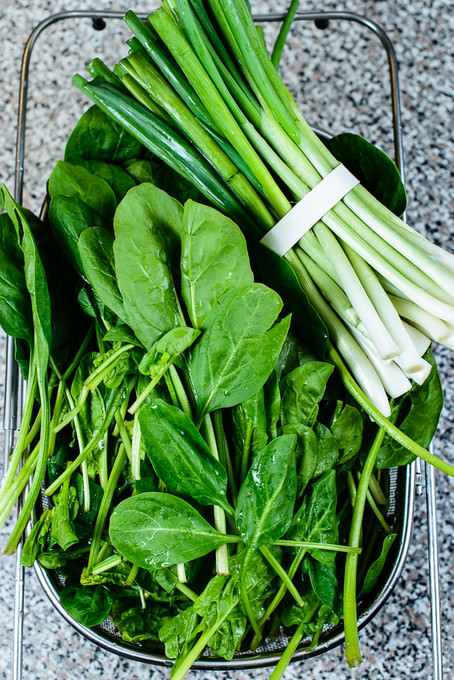
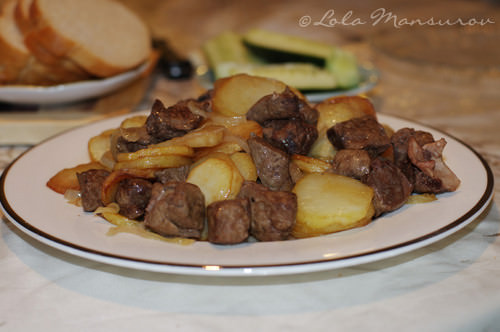
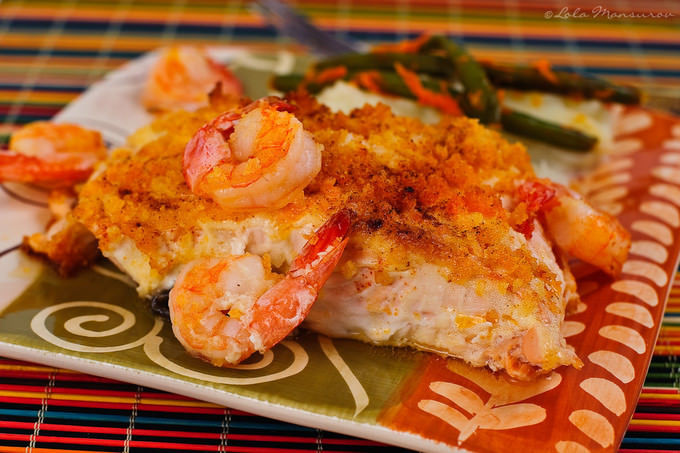

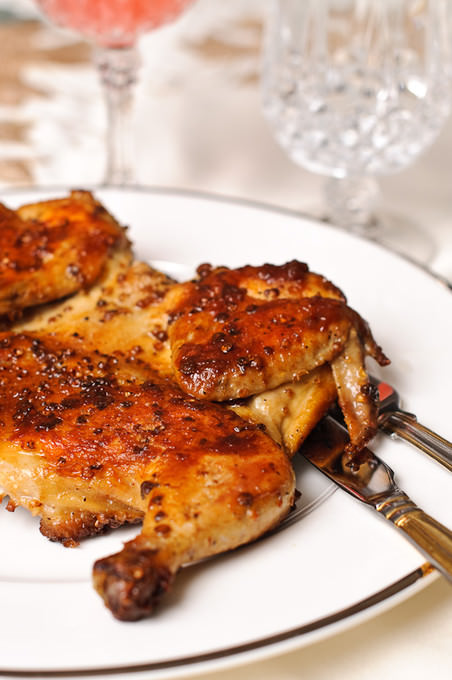
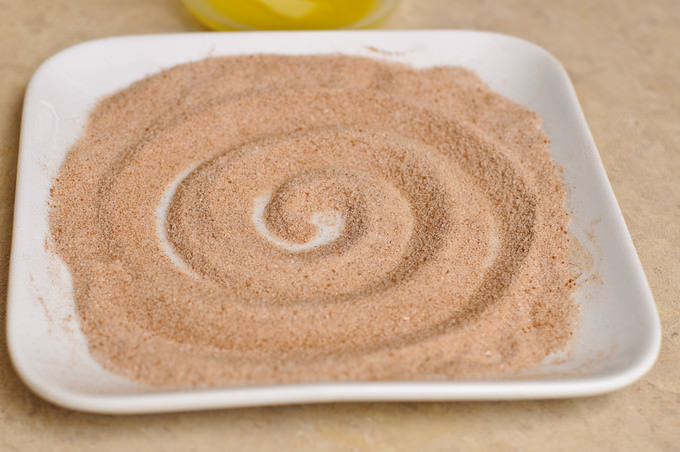
Leave a Reply